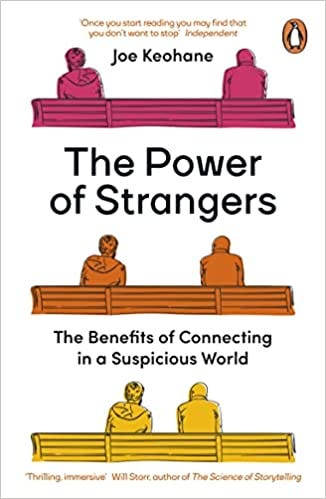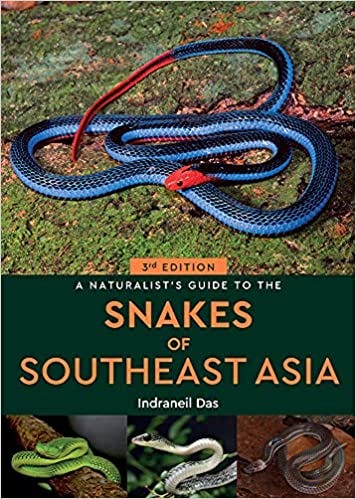What can we learn from the 2010s AI boom?
Revisiting the first wave of AI and hopefully learning something along the way.
One of my earliest brushes with “artificial intelligence” was evie.ai, an AI scheduling assistant. I remember being wowed by a friend’s demo; he simply added Evie to cc and let the bot work it’s magic:
Pretty mind-blowing stuff. At the time I was a Recruiter at Airbnb, and scheduling was the bane of my existence, so there was clear product-market-fit at least for me! At the time, it seemed that Evie.ai would revolutionise all scheduling and perhaps become a fully fledged AI assistant.
However fast forward to today, and Evie’s scope of work has narrowed quite a bit: today, it is an AI Recruiting Coordinator. Important work, and ripe for automation, but fairly limited.
In many ways, I think this story echoes across much of the first wave of AI, and I think there are some lessons for today’s wave of AI companies.
1. First-mover advantage isn’t always an advantage
Much like today’s AI arms race, the late 2010s wave was characterised by an effervescent, near constant buzz of release after release. Whether through FOMO or actual excitement, pretty much everyone wanted to throw their hat in the AI ring. Predictably, a bunch of ventures were spun up that were on the surface fascinating, but lacked technological or business depth. Equally predictably, a whole bunch of them failed, or had to pivot pretty massively to survive.
In hindsight, we’ve seen this before: I am just about old enough to remember the late 90’s dot-com rush, and the mid-00’s cloud computing rush. Everyone was rushing, first to ‘get online’, then to ‘get in the cloud’. Most didn’t fundamentally consider what these technologies meant for distribution, networks, platforms and market-making. The few companies that survived solidified durable positions that they hold until today, but they are clearly the minority.
Classic Gartner hype cycle stuff, and so I’ll modify their illustration below to make my point:
The two-fold lesson:
there’s a ton of hype, and if you give in to the hype there’s a non-zero chance you are putting your company on the line. Don’t be the AI Lemonade person.
Companies all around you will be failing, and if you have conviction in the fundamental paradigm shift wrought by this technology, you should not care too much about this.
2. Talking about the tech is good. Communicating how you solve a problem is better.
Sticking with the hype issue - I think there is a lot of danger in getting so high on the actual tech to the point where companies don’t actually focus on solving a problem. This was evident in the sheer volume of “AI” (actually just decision trees) chatbots that appeared in the first wave. I shudder every time I think of Jamie, the Singapore government’s chatbot that at the time was simply a waste of screen space.
At the time, there was a lot of noise around how Jamie used NLP to fundamentally shift how government bodies deliver first-line service, but honestly it just badly regurgitated FAQs. I think it’s a good time to also draw a parallel to the phenomenon currently sitting firmly in the trough of disillusionment; Web3. I think Web3 has a ton of promise, completely masked by a ton of technical jargon that reduces accessibility and appeal to your regular consumer. It was the same story with Jamie and other chatbots. People didn’t care whether the chatbot used NLP or LLMs. Nobody actually knew what sentiment analysis was. People just wanted answers to questions, in the shortest time possible.
The lesson: solve the problem and tell your user that you’re solving their problem. Save the tech talk for white papers.
3. UX matters
There are two examples I’ll cite here. One is chatbots, as above. I won’t spend too much time on why these weren’t great because anyone who used a chatbot in the late 2010s knows why; they did not deliver any actual value, and were clunky to use. It felt like you were using a robot, because you were.
The other example is voice assistants. I’m talking Siri, Alexa, Bixby and yes, Google Assistant (disclosure: I currently work at Google, but not on product. Opinions are my own, no material non public information is disclosed here). It’s fair to say that voice assistants came with a TON of expectations, which they absolutely didn’t live up to. For most people, Siri, Alexa et al are simply a good way to set an alarm or cue Spotify, nothing more. The technology behind these voice assistants is mind blowing, but with the wrong mode of interaction in front of the tech, this potential is never fully realised.
The positive example here is ChatGPT: chat is looking like the best means we currently have to interact with computers in a way that generates quality, deep output. Chat is more intuitive, efficient, and importantly, lets you go back and see what you wrote earlier so you can set context.
The lesson: How your user experiences your product matters, a lot. The AI companies that make a serious dent in our collective consciousness will be those that get the user experience and interface right.

I’m super bullish on AI: I think that most people are able to see exactly how this technology will help - or hinder - their lives. This layman access and wide distribution will birth many great businesses. There’s a lot of lessons from the first wave of AI for these companies, and paying attention to history is going to help them navigate the next 1-2 years a lot better.
Bite-size AI news for this week
In keeping with the week’s topic, I thought it would be fun to round up a bunch of AI-related things that I am curious about this week:
NVIDIA have decided simply selling you hardware for ML isn’t quite enough.
A hacker used ChatGPT to win a hacking competition, so the next time ChatGPT tells you something is unethical, reference this article.
You can now use Bard in the US and UK, Google’s experiment with GenML
media I’m consuming this week.
3 recommendations to help you learn and grow.
The Power of Strangers: The Benefits of Connecting in a Suspicious World by Joe Keohane
Recommended to me by a friend. As an introvert living in a city-state of introverts, the behaviour captured in this book doesn’t come naturally to me, which is a good sign that I should practice it to see if I grow. I’ll ding it for being just a wee bit too long.
A Naturalist's Guide to the Snakes of Southeast Asia by Indranell Das
Some of you might know about my other passion project (Instagram, YouTube, TikTok), that ties back really well to my former life as a biologist (albeit a marine biologist). One area I’m hoping to lean into further is herpetology, particularly squamates. Snake ID is something I am very bad at and this book is helping me be less bad.
Early CGI was Horrifying by KnowledgeHusk
I’m a 90’s kid, and so towards the midpoint of my cartoon-watching days we started to get really odd CGI shows like Beast Wars and - who can forget - ReBoot. Trippy stuff. This video goes considerably earlier than that and is worth the 30 mins watch.









